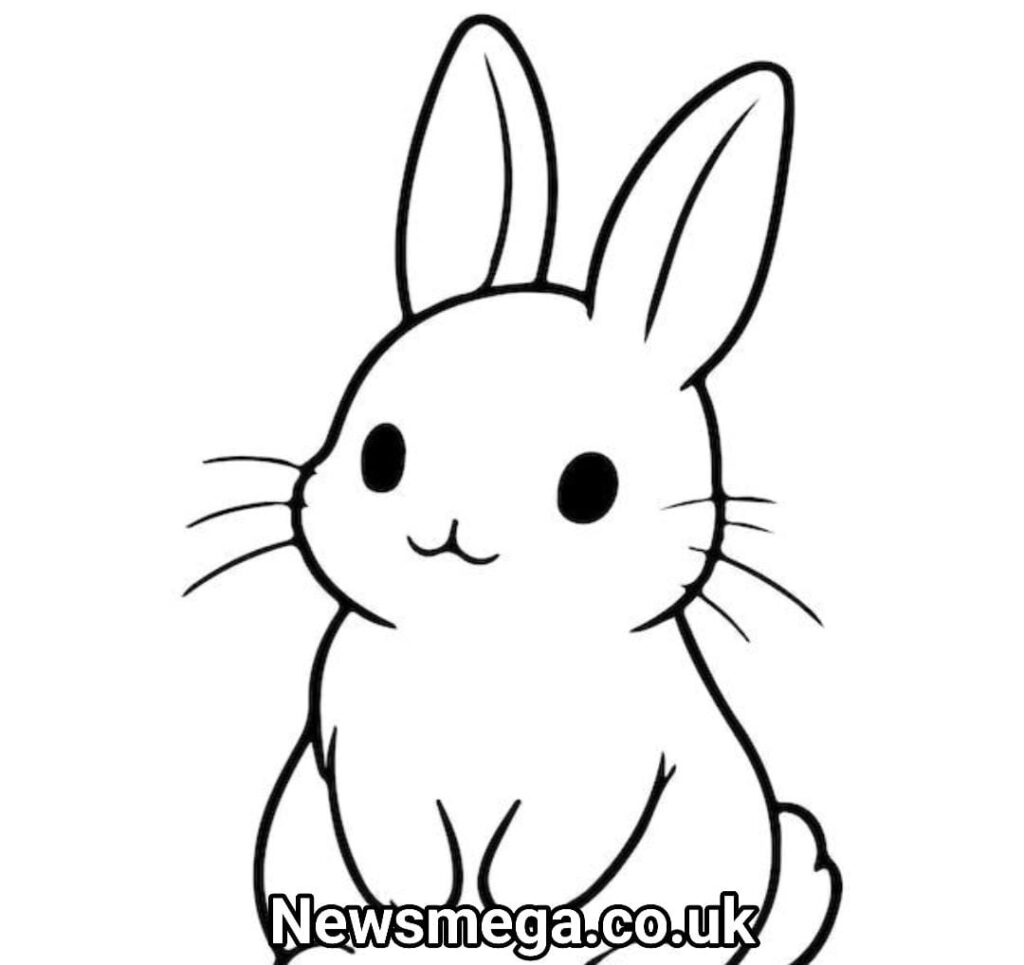Drawing a bunny is not just about putting pencil to paper; it’s a journey into capturing the essence of one of nature’s most beloved creatures through art. Whether you’re a novice seeking to improve your skills or an experienced artist looking for new techniques, mastering the art of bunny drawing involves understanding their anatomy, drawing:qckadq6trwq= bunny practicing various shading techniques, and ultimately infusing your drawings with personality and charm.
Understanding Bunny Anatomy and Proportions
To draw a convincing bunny, it’s crucial to start with a solid understanding of its anatomy and proportions. Bunnies have distinct features that set them apart, such as their large ears, round faces, and fluffy tails. Begin your drawing by sketching basic shapes that represent these features—a circle for the head, an oval for the body, and smaller ovals for the ears. These shapes serve as the framework upon which you’ll build your drawing, ensuring that proportions are accurate from the outset.
When sketching the bunny’s head, pay close attention to the placement of features like the eyes, nose, and mouth. Bunnies often have expressive eyes that can convey a range of emotions, from curiosity to playfulness. Take time to observe real bunnies or reference images to capture these details accurately.
Techniques for Capturing Bunny Characteristics
1. Sketching and Shading Techniques
Sketching forms the foundation of any drawing. Begin with light, loose strokes to outline the bunny’s overall shape and gradually refine the details as you gain confidence. Use a range of pencils from 2H (hard) for initial sketches to 6B (soft) for darker shading and defining details. Experiment with different pencil pressures to achieve varying shades of gray,drawing:qckadq6trwq= bunny and use blending tools such as tortillons or blending stumps to create smooth transitions between light and shadow.
Shading is particularly important when drawing bunnies, as it helps create depth and realism. Pay attention to the direction of light and shadow to enhance the three-dimensional quality of your drawing. For instance, bunnies often have lighter fur on their bellies and darker shading around their eyes and ears. By observing these nuances and replicating them in your drawing, you can bring your bunny to life on paper.
2. Focus on Expressive Eyes
The eyes are often the focal point of any animal drawing, including bunnies. Bunnies have large, expressive eyes that can convey a range of emotions. To capture the essence of a bunny’s eyes, observe how light reflects off them and use shading to create depth and dimension. Experiment with different pencil techniques to depict highlights and shadows within the eyes, as this can add a sense of realism and personality to your drawing.
3. Detailing the Fur
Bunny fur is soft and dense, which can be challenging to depict realistically. Begin by sketching the overall texture of the fur using short, delicate strokes with your pencil. Pay attention to the direction in which the fur grows,drawing:qckadq6trwq= bunny as this will affect the overall appearance of your drawing. Use varying pencil pressures and blending techniques to mimic the softness and texture of bunny fur, focusing on creating a sense of volume and depth.
When drawing fur, consider the bunny’s coat color and markings. Bunnies come in a variety of colors and patterns, from solid white to spotted or striped coats. Use reference images or observe real bunnies to accurately replicate these details in your drawing, ensuring that each stroke contributes to the overall realism and charm of your artwork.

Tools of the Trade: Choosing the Right Materials
The materials you use can significantly impact the outcome of your bunny drawing. Invest in quality drawing pencils ranging from hard (2H) to soft (6B) to achieve varying degrees of shading and detail. Smooth, heavyweight paper provides a sturdy surface for detailed drawings and prevents smudging. Experiment with different paper textures and finishes to find one that complements your drawing style and preferences.
In addition to pencils and paper, consider using blending tools such as tortillons or blending stumps to achieve seamless transitions between light and shadow. These tools can help soften harsh lines and create a more realistic appearance in your bunny drawing. Experiment with erasers to highlight areas of light and create highlights within the fur, adding depth and dimension to your artwork.
Common Mistakes and How to Avoid Them
As with any artistic endeavor, drawing bunnies comes with its own set of challenges and common mistakes. By being aware of these pitfalls and learning how to overcome them, you can improve your drawing skills and create more compelling bunny artworks drawing:qckadq6trwq= bunny.
1. Proportion Errors
One of the most common mistakes when drawing bunnies is misjudging proportions. Bunnies have unique body proportions, with larger heads and ears compared to their bodies. To avoid proportion errors, start by sketching basic shapes and continually compare your drawing to reference images or real-life bunnies. This will help you refine your sense of scale and proportion, ensuring that your drawing accurately captures the essence of a bunny.
2. Overworking the Drawing
Knowing when to stop adding details is crucial when drawing bunnies. Overworking a drawing can lead to muddy textures and loss of clarity, detracting from the overall impact of your artwork. Take breaks periodically to step back and assess your progress with a fresh perspective. This will allow you to identify areas that may need adjustment or refinement, ensuring that each stroke contributes to the overall harmony and balance of your bunny drawing.
Conclusion
Drawing a bunny is not merely replicating its physical features on paper; it’s about capturing its personality and charm through art. By understanding bunny anatomy,drawing:qckadq6trwq= bunny practicing various sketching and shading techniques, and selecting the right materials, you can create compelling bunny drawings that resonate with viewers. Each drawing is an opportunity to explore creativity and express your unique artistic style, whether you’re drawing for pleasure or pursuing art professionally.
Also read this; Advertising with FeedBuzzard
FAQs About Drawing Bunnies
Q: How can I improve my shading technique for bunny drawings?
A: Practice shading gradients from light to dark using different pencil pressures and blending tools. Experiment with cross-hatching and stippling techniques to create texture and depth within the fur.
Q: What are some beginner-friendly exercises to improve bunny drawing skills?
A: Start by sketching basic shapes to establish proportions and practice drawing bunnies from different angles. Focus on capturing simple forms and gradually add details as you gain confidence in your drawing abilities.
Q: How important is it to use reference images when drawing bunnies?
A: Reference images provide valuable guidance for understanding bunny anatomy, fur textures, and color patterns. They help ensure accuracy and realism in your drawings, allowing you to capture the unique characteristics of bunnies more effectively.
By incorporating these insights into your practice and embracing the journey of bunny drawing, you’ll enhance your artistic skills and create artworks that showcase your passion for these beloved creatures. Whether you’re drawing bunnies as a hobby or pursuing art as a profession, each drawing represents an opportunity to explore creativity, improve your skills, and connect with viewers through the timeless art of bunny drawing.






